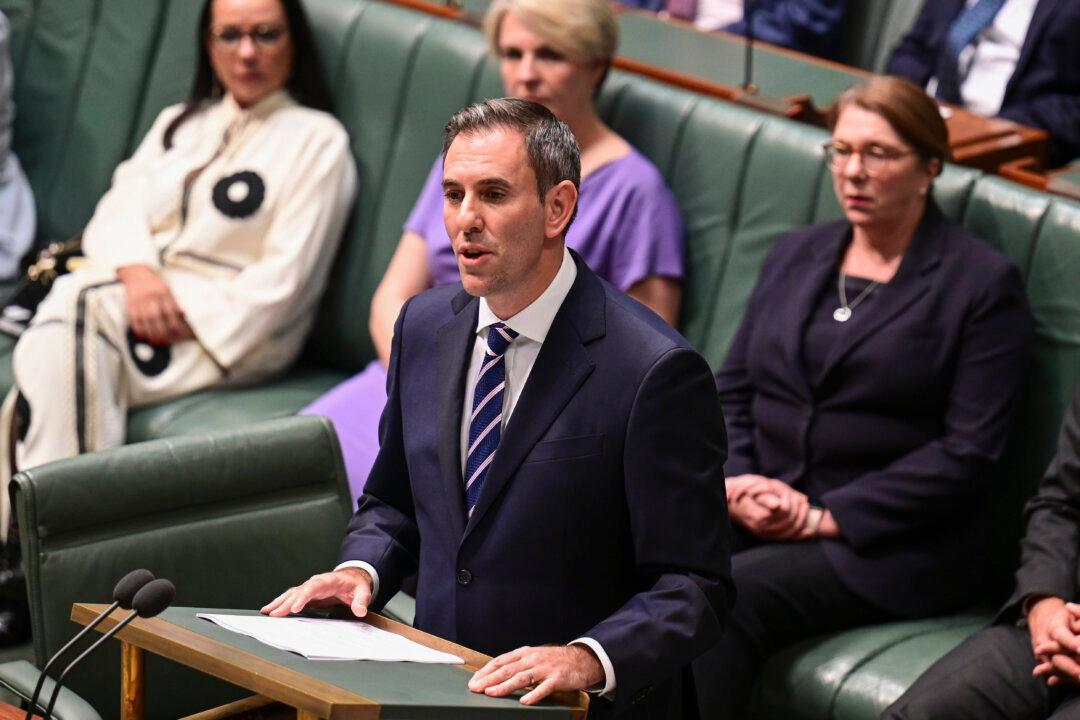Rising interest rates are stressing the federal budget, with borrowing costs surpassing the National Disability Insurance Scheme (NDIS) as the fastest-growing area of Commonwealth spending.
Borrowing will add an extra $80 billion (US$52 billion) to the government’s expenses over 11 years until 2033-34, even though the expected gross Commonwealth debt is lower than initially forecast in the May budget.





